Mini-golf or “crazy golf” games have long provided a more relaxed alternative to traditional golf, tasking players with navigating creative obstacle courses instead of sprawling fairways. As an analytical reviewer focused on game mechanics and level design, I was interested in exploring how House of Golf 2 from developer Starlight Games approaches its obstacle-based challenges.
Available on PlayStation, Xbox, and PC, House of Golf 2 takes place within an imaginative miniature home environment where players must navigate a ball around rooms, each presenting a unique creative golf hole.
After closely examining the game’s over 100 holes, clear patterns emerge in how the levels are constructed to remain entertaining for players of varying skill levels over 10+ hours of play. One of the game’s greatest strengths is the level of detail poured into each course.
Rooms like the kitchen are cluttered with appliances, dishes, and food items scaled down to mini golf proportions. Small touches from brands like Tesco add authenticity to an environment that already resembles a living space. Beyond aesthetics, courses utilize this setting to develop hazards and alternative routes around obstacles.
A Foundation for Strategic Mastery
As any avid fan of tabletop mini-golf can attest, House of Golf 2 translates the genre’s mechanics virtually without sacrificing its accessibility.
At its core, each digital hole merely tasks players with selecting shot power, precise aiming, and solid follow-through to sink their ball in the fewest strokes—a formula longtime aficionados will feel right at home with.
However, developer Starlight Games augments this simplicity through ingenious level designs that consistently reward experimentation.
Much like contemporaries such as Mini Golf Mundo encourage exploring off-path routes through creative shotmaking, House of Golf 2 stages increasingly present nonlinear pathways, tertiary objectives, and risk-versus-reward propositions unlocked solely by carefully considering one’s shot trajectory.
Though beginner rounds introduce obstacles gently, later maps like the “Workshop” demonstration showcase a mastery of physics-based interactions, where ricocheting balls off shields or tools opens untouched avenues to the pin.
Meanwhile, piloting the free-flying camera to scout alternatives proves invaluable reconnaissance across House of Golf 2’s sprawling miniature dioramas. Its multifaceted courses also foster continual playthroughs by cultivating novel tactics, whether racing friends or honing personal-best scores.
Progression through five rising difficulty tiers meanwhile ensures newbies face reasonable challenges while retaining thrills for veterans. Overall, Starlight’s virtuosic course architecture brings out nuanced strategy in players, a design that will delight fans eagerly awaiting further content packs.
Architectural Triumphs in Environmental Storytelling
While many mini-golf titles opt for basic obstacle placement with predictable shot lines, House of Golf 2 boasts a virtual diorama of craftsmanship rivaling big-budget sandbox mainstays.
We’ve all spent hours in construction sims meticulously furnishing virtual dioramas. Starlight mirrors that devotion to environmental storytelling through its intimately handcrafted levels.
Beyond aesthetic verisimilitude alone, courses ingeniously integrate intricate mechanics into their worldbuilding. The “Workshop” holes transport players into meticulous machinations, nestling targets amidst animated pulleys and pressure plates demanding precisely calculated bounce shots.
Elsewhere, the “Bedroom” encourages lateral thinking through its toybox topology; where others present linear paths, here scrap heaps and carpentry conceal shortcuts for those patient enough to scout alternative avenues.
Indeed, House of Golf 2 seems to posit problem-solving itself as the true sport. Where other entries present challenges that are reactively overcome through repetition, Starlight actively invites experimentation. Comparable-level design in mini-golf contemporaries like Mini Golf Mundo and Clip n’ Climb feel dynamically dead—predefined sequences reiterated ad nauseum.
But permutations abound in House of Golf 2, where holes reward ingenuity over memorization, and each randomly generated element interacts physically. One feels less like a spectator and more like a tinkerer, joyfully partaking in the ongoing R&D of these domestic DIY contraptions.
Through such environmental storytelling and interactive substantiveness, House of Golf 2 earns its subtitle: transporting players beyond flat surfaces into fully-realized worlds that sustain replayability through perpetual novelty. Its craftsmanship sets an ambitious standard for the genre, heightening mini-golf from mindless to thoughtful virtual inhabitation.
Bringing a Miniature Dream Home to Life
With tongue-in-cheek humor absent from lesser minigolf sims yet ubiquitous in the genre’s recreational spirit, House of Golf 2 is an undoubted visual stunner—a technical tour de force rendered with care and character rarely found even in full retail releases.
Graphically, Starlight has pushed consoles’ photoreal rendering to its zenith, crafting an uncannily lifelike playscape bursting with the subtle details and seamless lighting typical of Pixar’s animated worlds.
Rather than merely populate static boards for perfunctory amusement like their mode predecessors, House of Golf 2’s animated environments spring to life through reams of bespoke animations.
From mundane objects endeared to childhood memories brought to a whimsical new purpose on each hole to fluently integrated physics that uphold illusion while rewarding creativity, Starlight infuse every meticulous nook with humor and interactivity uncommon in the genre.
Their herculean effort pays dividends by elevating House of Golf 2 from a casual distraction to a meticulously detailed world just begging further inhabitation. Accessibility remains a hallmark too, as evidenced by intuitive pick-up-and-play controls retaining complexity beneath simplicity’s veil.
But what most defines House of Golf 2’s virtuoso is how unobtrusively it heightens the intimate familiarity of home, transporting players beyond mere graphics into a living, breathing domestic playground. For family-friendly fun and technical accomplishments alike, Starlight has crafted in House of Golf 2 a minor masterwork befitting placement amid history’s greatest minigolf games.
Perpetual Novelty Through Emergence and Expression
While many mini-golf games live and die by their initial course offerings, House of Golf 2 flourishes through meaningful opportunities for player expression and achievement hunting that prolong excitement well after completion. Beyond simply reattempting holes for high scores, hidden goals like acquiring all ball skins or nailing trick shots on Expert provide inspiration for repeat visits.
Comparable titles like Mini Golf Mundo and Golf With Friends keep players engaged through constant rule tweaks and fresh level drops, yet House of Golf 2 fosters longitudinal replay through cultivated personal challenges.
Optional score, accuracy, and shortcut quotas encourage optimizing technique. I found myself continually perusing crevices for shortcuts or ricocheting balls in increasingly elaborate sequences.
Moreover, the joy of one-upping friends persists beyond the campaign itself. House of Golf’s scores actively pit friends against each other on a worldwide leaderboard, as in Qubee’s local score dueling.
One can’t help but load up another round when close rivals usurp the top spots. Overall, Starlight Games deserves praise for cultivating emergent complexity that retains allure far beyond completion—an enviable design many full retail releases fall short of.
Communal Fun Across Living Room Fairways
Unlike many contemporaries solely focused on solo scoring, House of Golf 2 excels in providing a variety of competitive and cooperative play that extends longevity. Up to four players can engage in local match-ups through pass-and-play on a single controller or individual inputs—a flexibility that welcomes newcomers while maintaining depth for veterans.
Here, players both collaborate and compete, collectively aiming for the best courses while individually jostling for top spots. One moment teammates cheer alongside hole-in-ones, the next beside-cuts slip in just before a buddy sinks their ball, erupting into good-natured ribbing.
Experiences like Mini Golf Mundo capitalize on comparable living room antics, but Starlight augments immersion with seamlessly synced actions where players instinctually pass off turns.
Regrettably, online capabilities remain limited to casual global leaderboard challenges rather than live head-to-head as in other contenders. Nevertheless, House of Golf 2 triumphs as a couch experience, whether casually assisting younger family members or aggressively trash-talking companions.
While network play could enrich matters, this remains a minigolf package emphatically enhanced through local multiplayer at its heart, inviting not just solitary runs but meaningful shared memories with every excursion to this miniature dream home.
A Virtual Wonderland Ripe for Rediscovery
Throughout its delightful environmental narrative and nuanced gameplay, House of Golf 2 emerges as an unqualified triumph for the mini-golf genre. By transporting players beyond static boards into fully interactive dioramas brimming with creativity, Starlight crafts not only a technical marvel but a virtual world that nurtures meaningful player expression.
Their craftsmanship in level architecture alone encourages novelty through emergent strategy, sustaining excitement beyond the campaign’s dozen hours through perpetual user-generated stories.
While certain additions might have bolstered variety, House of Golf 2 excels where most stumble through a keen emphasis on environmental storytelling and systemic complexity. Rather than treading formulas, Starlight forges new paths for the genre through resourceful level design alone.
For enthusiasts seeking a mini-golf experience that grants agency rather than reaction, House of Golf 2 makes its miniature dream home a sanctuary for imagination and replayability alike through thoughtful systems that bring its meticulously wrought worlds to life.
Starlight’s vivification of the domestic realm through such ingenious recontextualization of everyday items merits commendation. House of Golf 2 emerges not only as a technical achievement but as a thoughtful work of virtual world-building that will keep couches occupied for seasons to come.
The Review
House of Golf 2
House of Golf 2 is a delightful romp through a miniature dream home that never fails to spark the imagination. By transporting players into fully interactive dollhouse-scale environments brimming with creativity, Starlight Games have crafted not only a technical marvel but a virtual world that fosters meaningful expression through thoughtful systems-based design. House of Golf 2 emerges as an unqualified triumph, elevating the genre from mindless distraction to an interactive showcase for environmental storytelling.
PROS
- Beautifully detailed and imaginative 3D environments
- Nuanced and responsive gameplay with strategic depth
- Supports up to four-player local multiplayer
- Varied objectives and challenges. sustain replayability
- Encourages creativity and non-linear problem solving.
CONS
- Limited variety between worlds could reduce replay value.
- Lack of competitive online multiplayer
- Simplified core mechanics may not appeal to some.
- Difficulty curve plateaus earlier than some may prefer.



























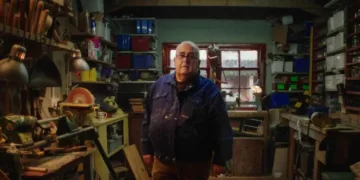





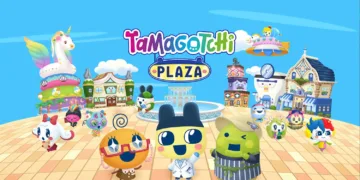



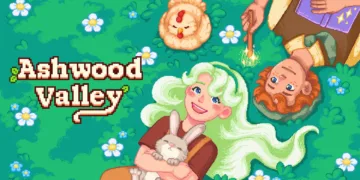



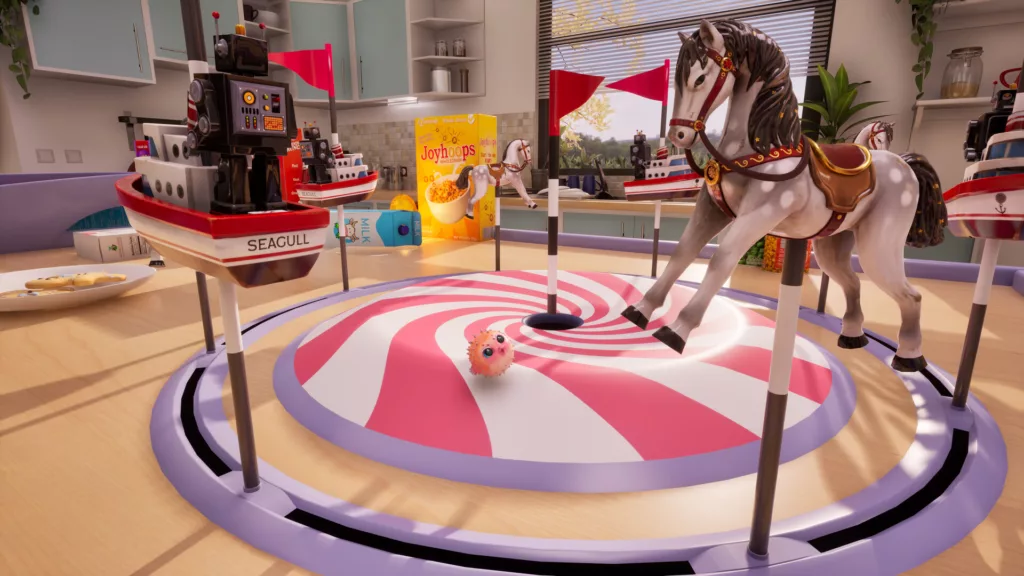
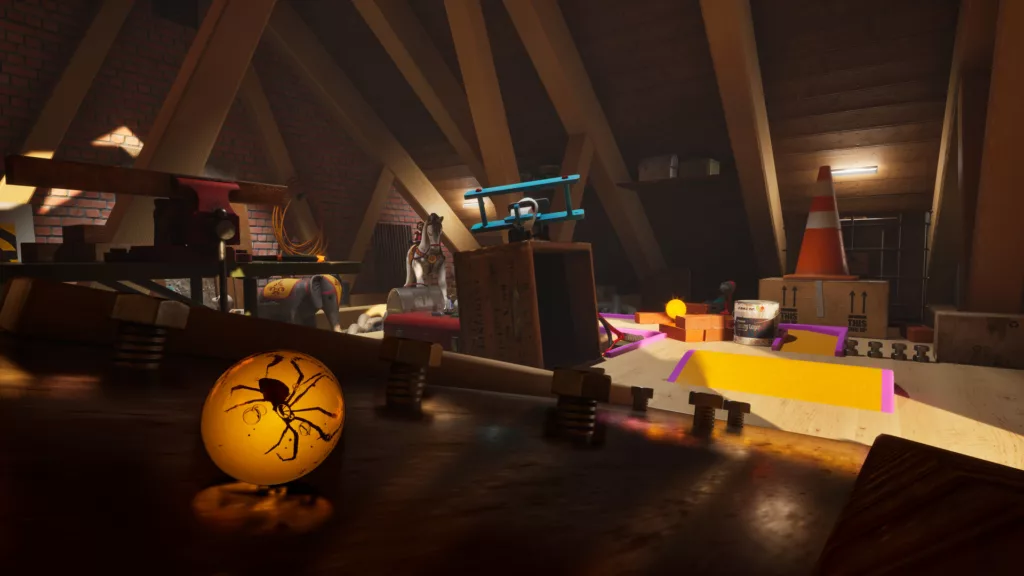
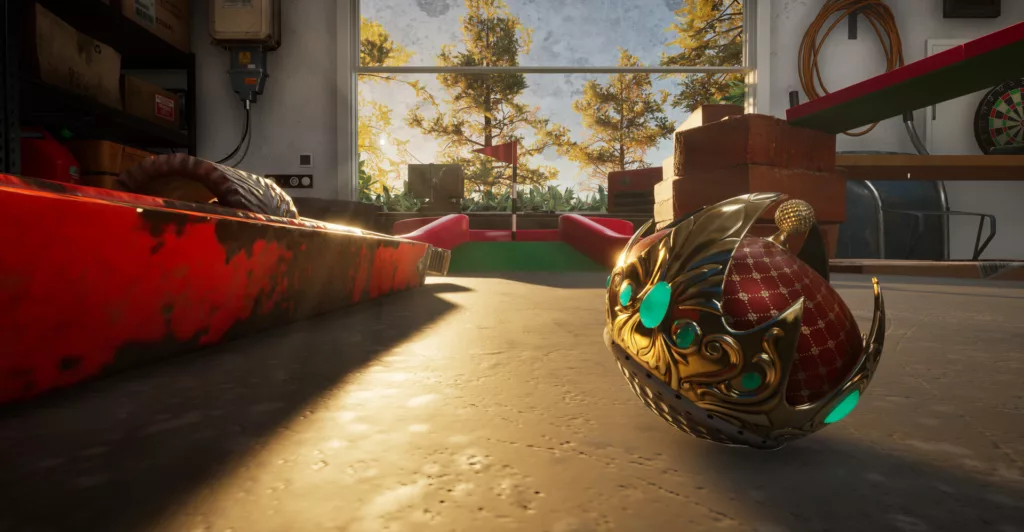
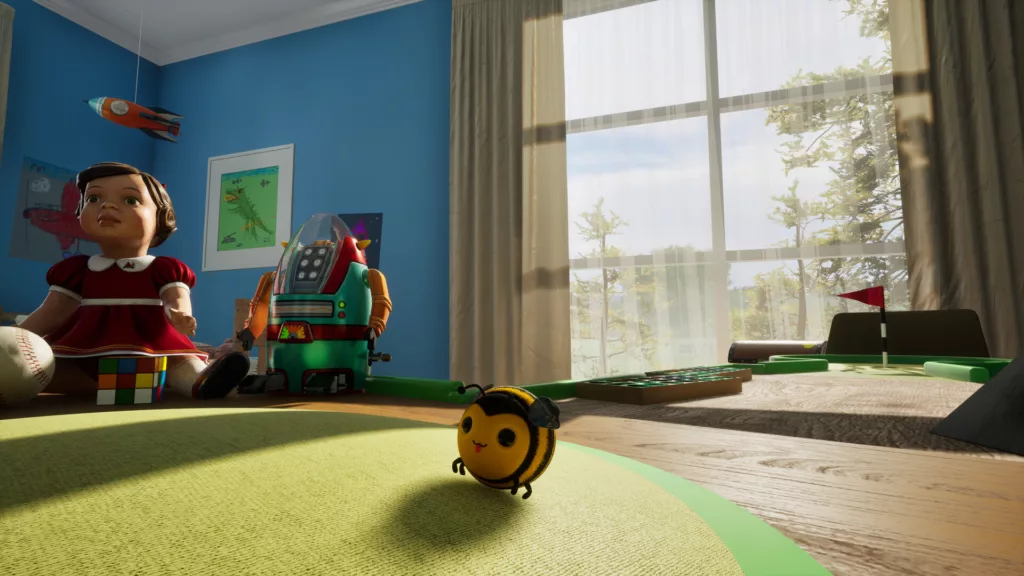








Discussion about this post